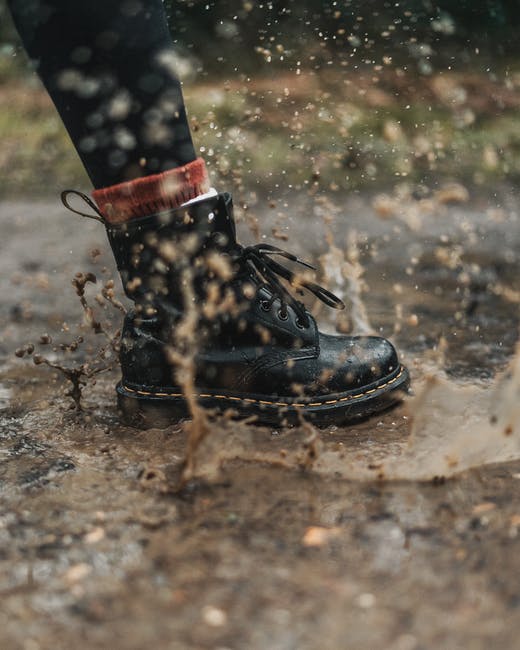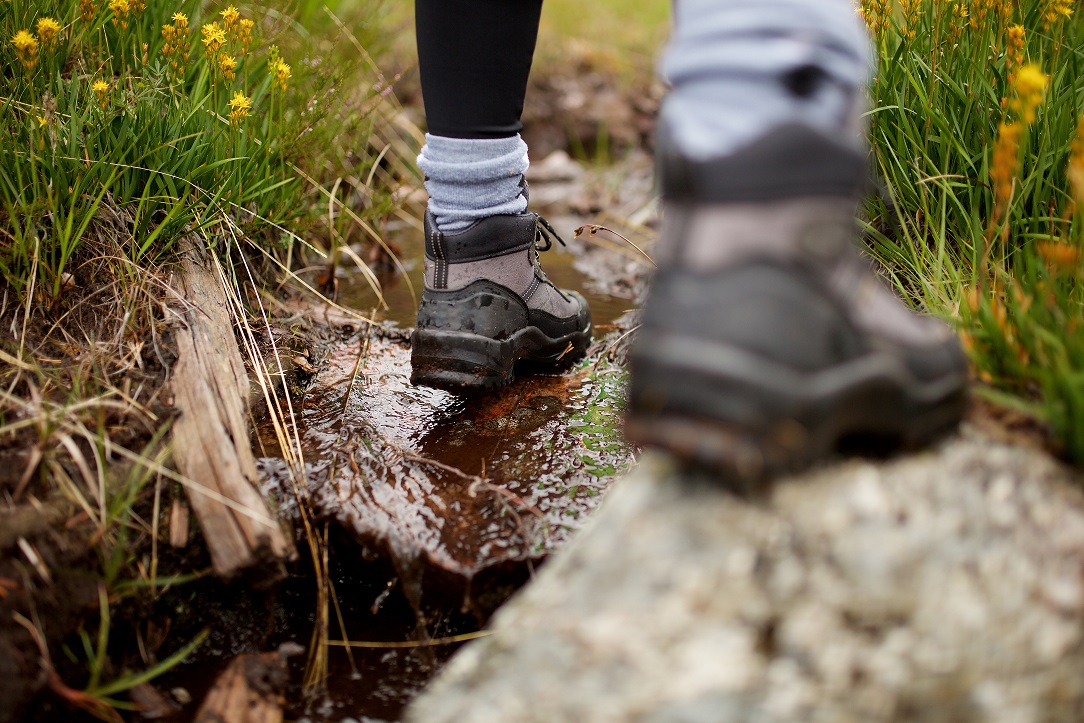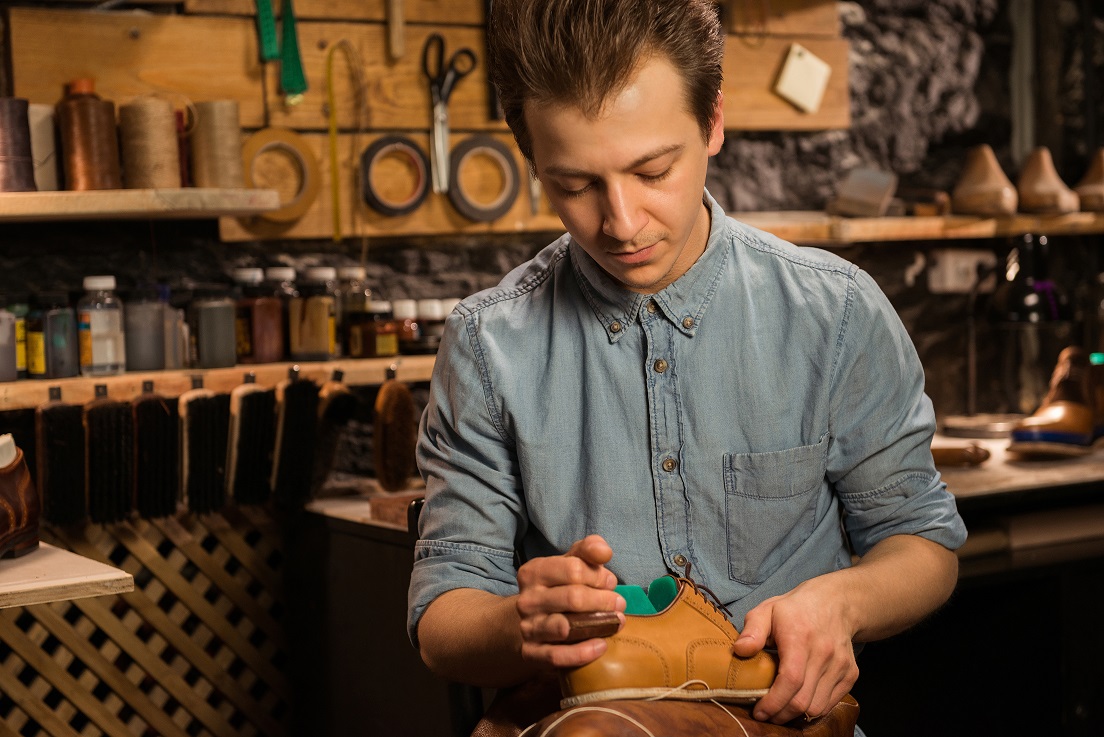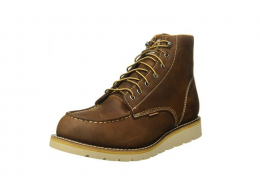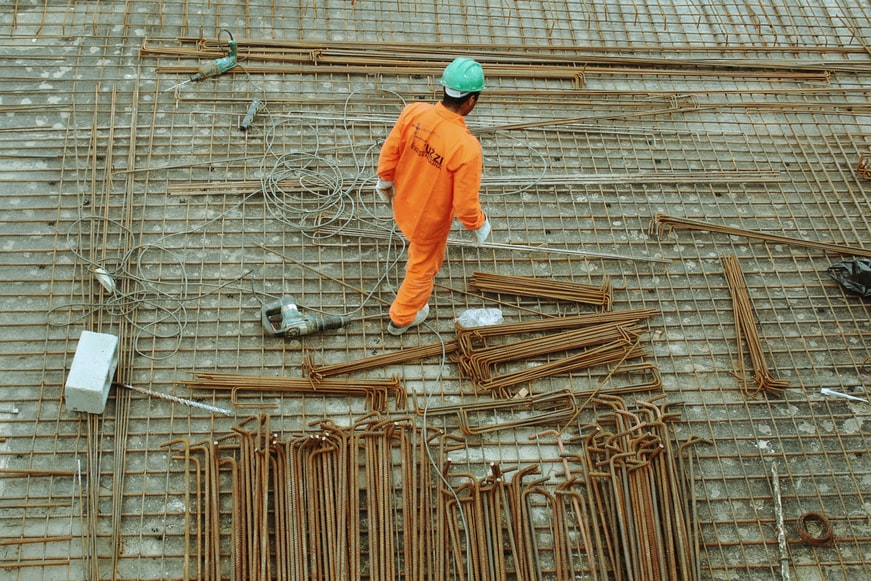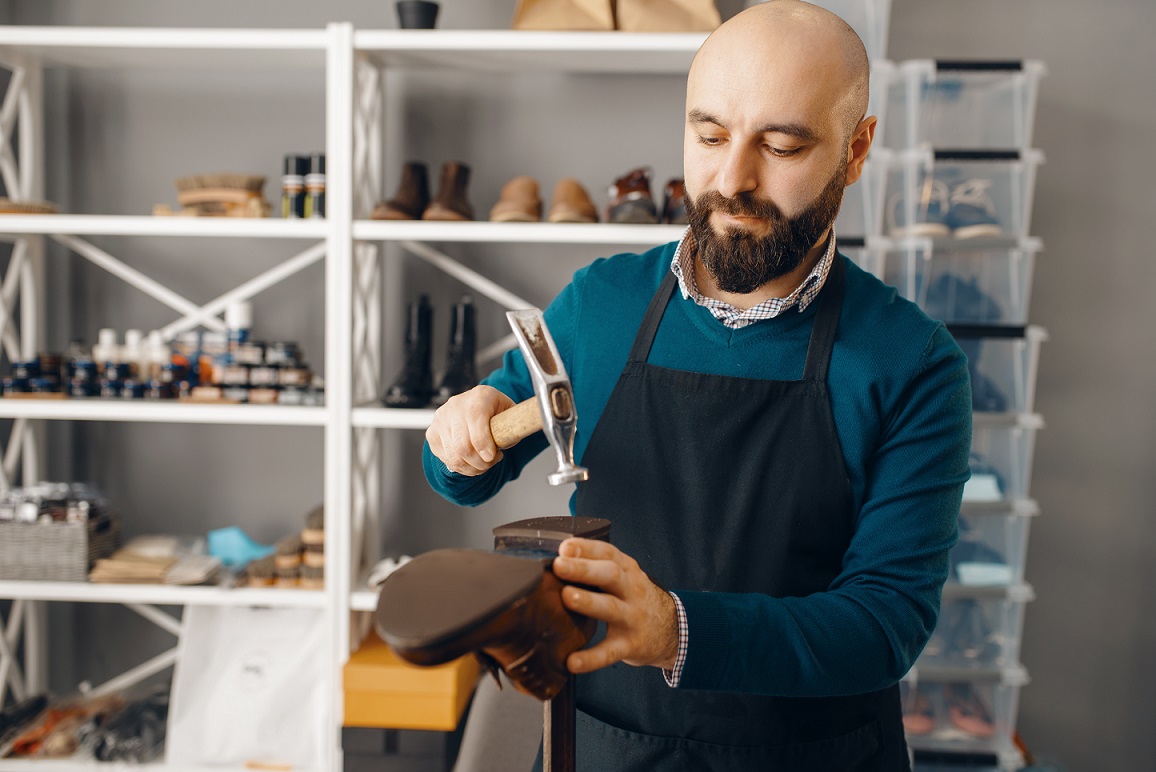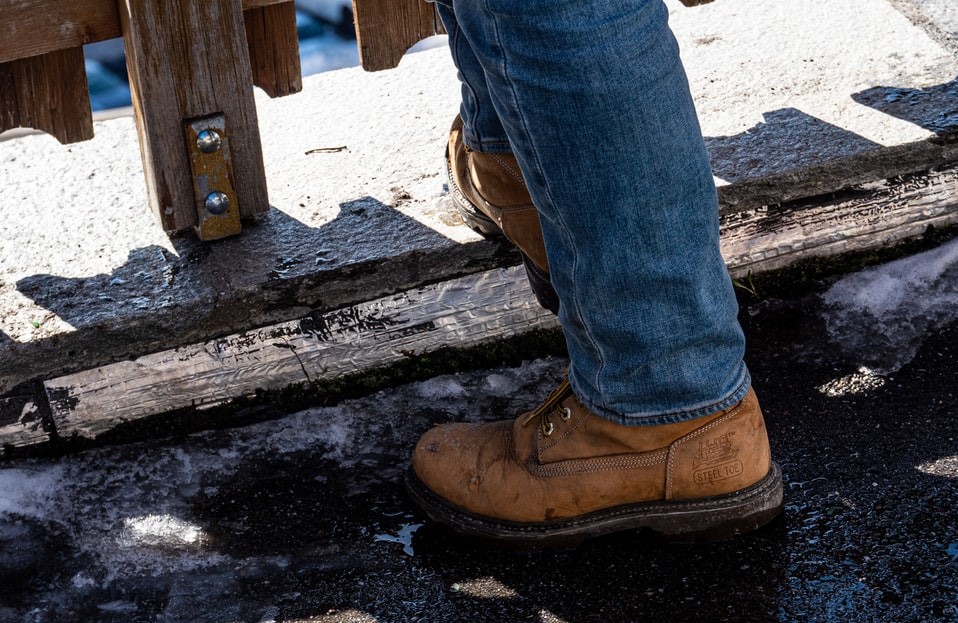Workwear Guru is reader-supported. When you buy through links on our site, we may earn an affiliate commission. Learn more
Walking around in a pair of wet footwear all day is one of the most unpleasant situations anyone can experience during work. The industry usually works in pro-longed shifts, and if workers’ shoes are wet, the entire situation can escalate, causing blisters, soreness, and smell.
If you spend most of your work shift on your feet, you should know how to dry boots properly. Knowing how to dry your wet work boots will ensure comfort the next day. Most importantly, drying your boots properly will make them last much longer, so you don’t have to buy a new pair too soon.
This guide will present multiple techniques you can use to properly dry your work boots and ensure your comfort throughout the entire day!
How To Dry Boots Fast: A Few Tips Before You Start
The drying process can be pretty tricky sometimes. If you use the wrong tools or techniques, you may end up causing your work boots long-term damage. Needless to say, there are certain things you should keep in mind when it comes to drying your boots fast.
The first thing you should always do before starting the drying process is to clean your boots. On the other hand, one of the things you should never do during this process exposes your boots to direct heat.
These are just some initial tips on how to dry wet boots. If you’re curious to know how to dry boots fast, then stay tuned!
Do not expose boots in direct heat
The best and safest technique is to dry your boots without exposing them to direct heat. You may be tempted to leave your shoes near the heater, wood stove, or campfire, and that is exactly what you shouldn’t do. This is because excessive heat can harm the exterior of the boots, such as the glue or other components that keep them together. The extreme heat may dry out the moisture if you have leather boots, giving the boots a worn-out feel. It’s also best to avoid using a blow dryer.
Clean boots before drying
It would be best if you eliminated all traces of mud before you begin drying your shoes. If they’re muddy or filthy, give them a good wash to remove all the dirt. You can also clean your boots using some detergent to ensure that all of the dirt is removed. After you’ve washed them, dry them with an old towel. This cleaning process before drying your boots is essential because leaving mud on the shoes while they dry could result in permanent staining.
Remove the insoles (if possible)
If it is possible to remove your shoes’ insoles, you should do so since taking this extra step will accelerate the drying process. Removing your insoles allows each one of them to dry more effectively and individually.
Furthermore, air can circulate throughout the shoes and reach the inner areas by removing the insoles, allowing the entire boot to dry more quickly. Removing boots’ insoles is a feature that many high-quality walking boots should offer since it makes the drying process a lot easier.
Take out the laces
It may seem inconvenient, but removing the laces is the best way to ensure that your boots will dry quickly. The laces will dry more effectively when removed, similar to the insoles, and air will be more likely to reach sections of the shoes that the laces may cover.
Keep boots in a dry room
Keeping your boots in a dry room is necessary to ensure that all of your hard work is not useless! Using any of the methods below and then putting them in a chilly, damp area will only result in wet shoes once again.
On that mark, make sure the room or space where you’re leaving them overnight is dry and warm, as this will result in getting your boots dried quickly.
How To Dry Work Boots Overnight
As soon as you return from your work shift, you should start the process of drying your shoes immediately to ensure that you have enough drying time throughout the evening.
Using the methods provided below, you will be able to know how to dry work boots overnight and have them ready for your next work shift.
Use newspaper or paper towel
Stuffing your boots with newspapers or paper towels is suitable for absorbing up any excess moisture. When it comes to using newspaper, the best technique to stuff your boots is to remove sheets and roll them up into little balls. The rolls should be loose, as water may not be absorbed efficiently if they are too tight. Another suggestion is to rip holes in the newspaper before scrunching it.
On the other hand, when it comes to using the paper towel, make sure to wrap it around the entire boot, all the way up into the leg opening. Again, don’t stuff the paper too tightly as it needs some room to soak in the water.
Feel free to replace the paper towel or newspaper after a few hours to eliminate the first load of moisture or as needed once the materials have been soaked.
Use a towel
Similar to the newspaper method, but instead a towel is used to absorb the moisture. For this technique, make sure you clean the shoes first and then stuff two towel corners inside each boot. Then wrap the towel’s remaining two sides around the shoes to cover them completely. The towel should be left to absorb the initial dampness for a few minutes before being removed. Leave and repeat the process with a fresh, dry towel.
For this method, it would be best to use old towels to avoid ruining your new towels.
Use a fan
One of the most effective and safest ways to dry your work boots overnight is to use a fan. It would be best to utilize a non-heated fan with a long stand. To attach the boots to the fan, you’ll need a wire that can hook into the fan’s exterior and the shoes. As the boots dry, place a towel beneath them to soak up any water droplets.
It is best to leave the fan running overnight if possible.
Use rice
You might be surprised to learn that rice can be used to dry your work boots. For this method, you should fill a bucket with rice until it’s about an inch high, then place the shoes inside. Put the socks in your boots and cover the bucket with a lid and leave it overnight. Similar to the newspaper technique, you can replace the rice wherever it feels necessary, depending on the amount of moisture that has to be absorbed.
Keep them in the sun
Your work boots can be dried naturally by the sun. The sun’s Ultraviolet radiation serves two purposes, and it dries your shoes as well as kills microbes on them.
Although this method is one of the most effective, it is not practical during the rainy season when sunlight is limited. In addition, if you are in a hurry, the sun is not a good option.
Shoe inserts
Another great technique to dry your work boots is by using shoe inserts. There are a variety of shoe inserts on the market that combine excellent moisture-wicking fabric with cedar filling, which helps to pull moisture out while also masking odor.
In addition, the shoe inserts have an antibacterial layer to prevent infections from growing on your boots.
Use a boot dryer
The best way to dry boots is by using a gadget that is exclusively designed for that job. A boot dryer is a great item for anyone who has to deal with wet boots all the time. A good boot dryer should have a horsepower of roughly two to guarantee that the shoes are correctly dried with just the right amount of hot air.
For this technique, place the pipe into the boot and make sure it’s pressed to the toe. After that, switch on the dryer and keep it on for one to two hours for a thoroughly dry boot.
The Bottom Line
Ultimately, having a pair of dry work boots is a must when working in the construction industry. Dry work boots are an essential element that helps you reach your desired comfort level. Knowing how to dry your footwear correctly will contribute to a better quality of your overall feet health. Using tips and tricks provided in this guide, you will have an easier time drying your work boots more quickly.





